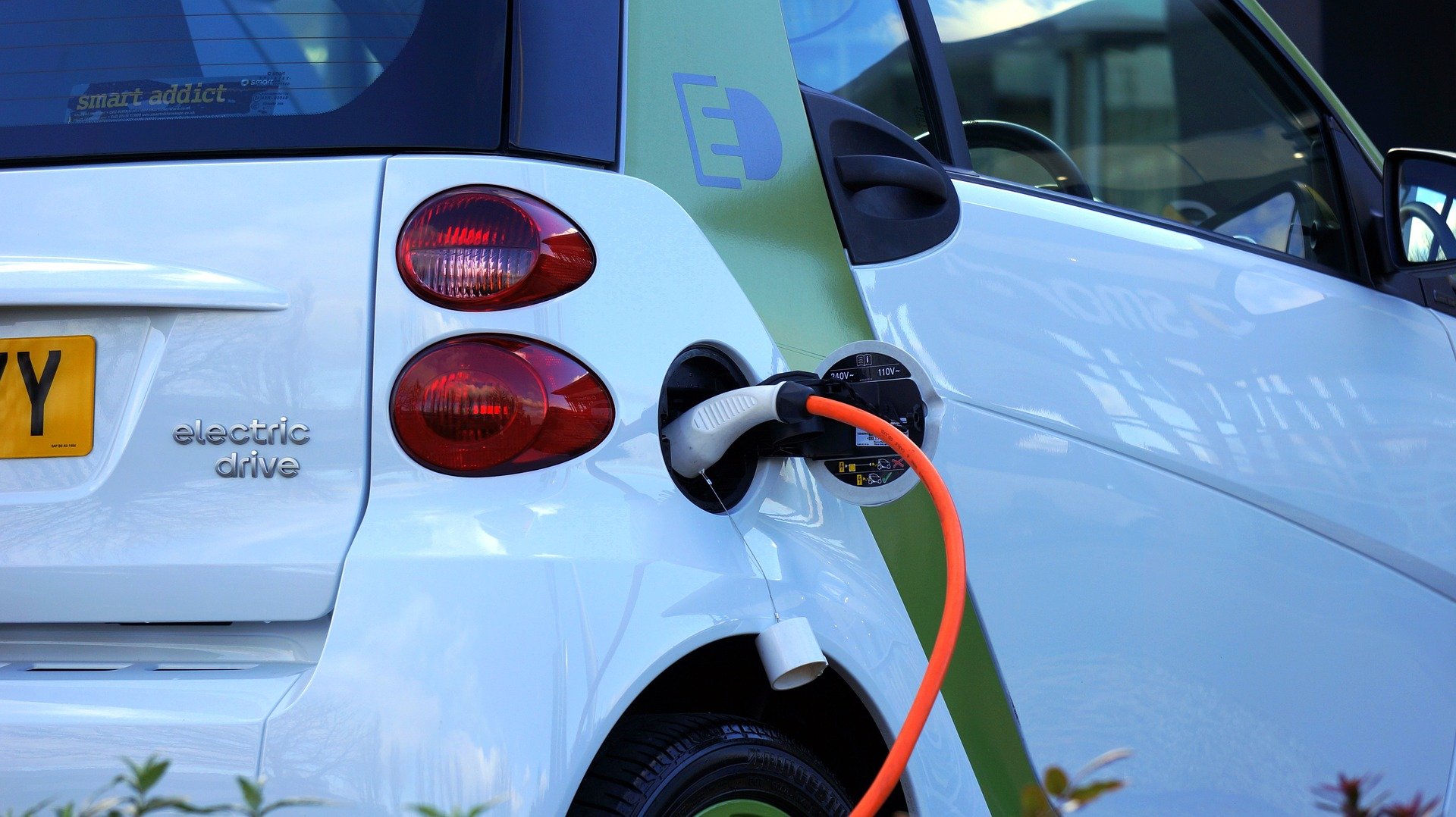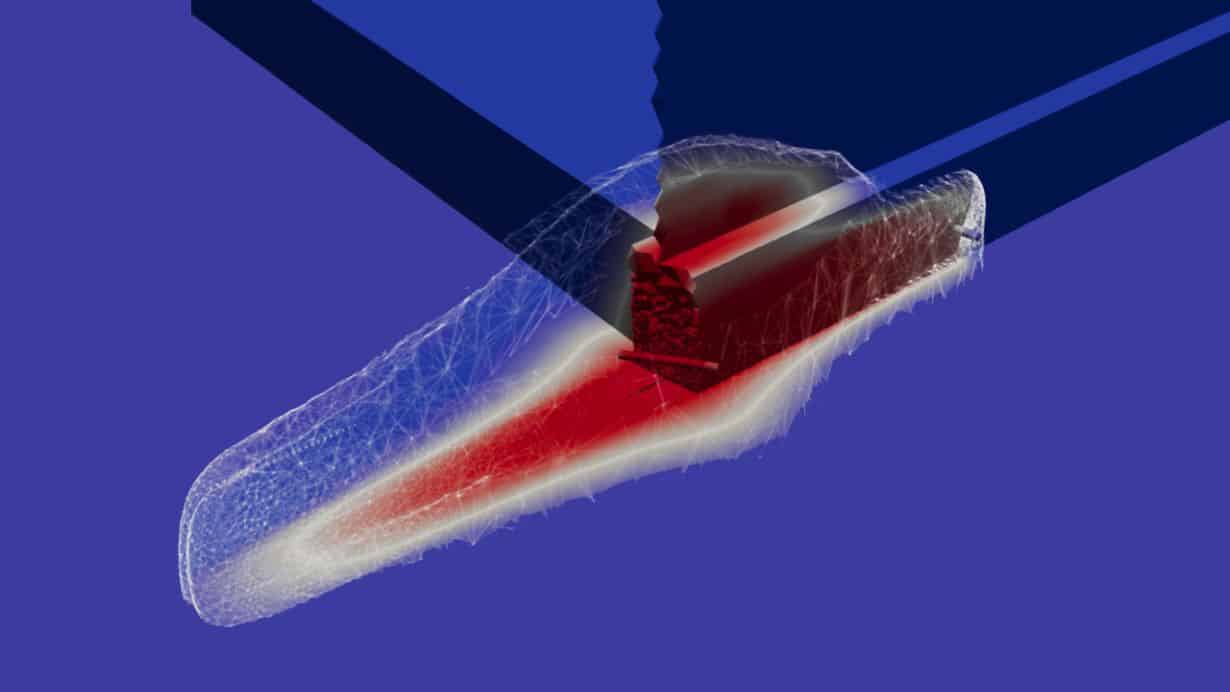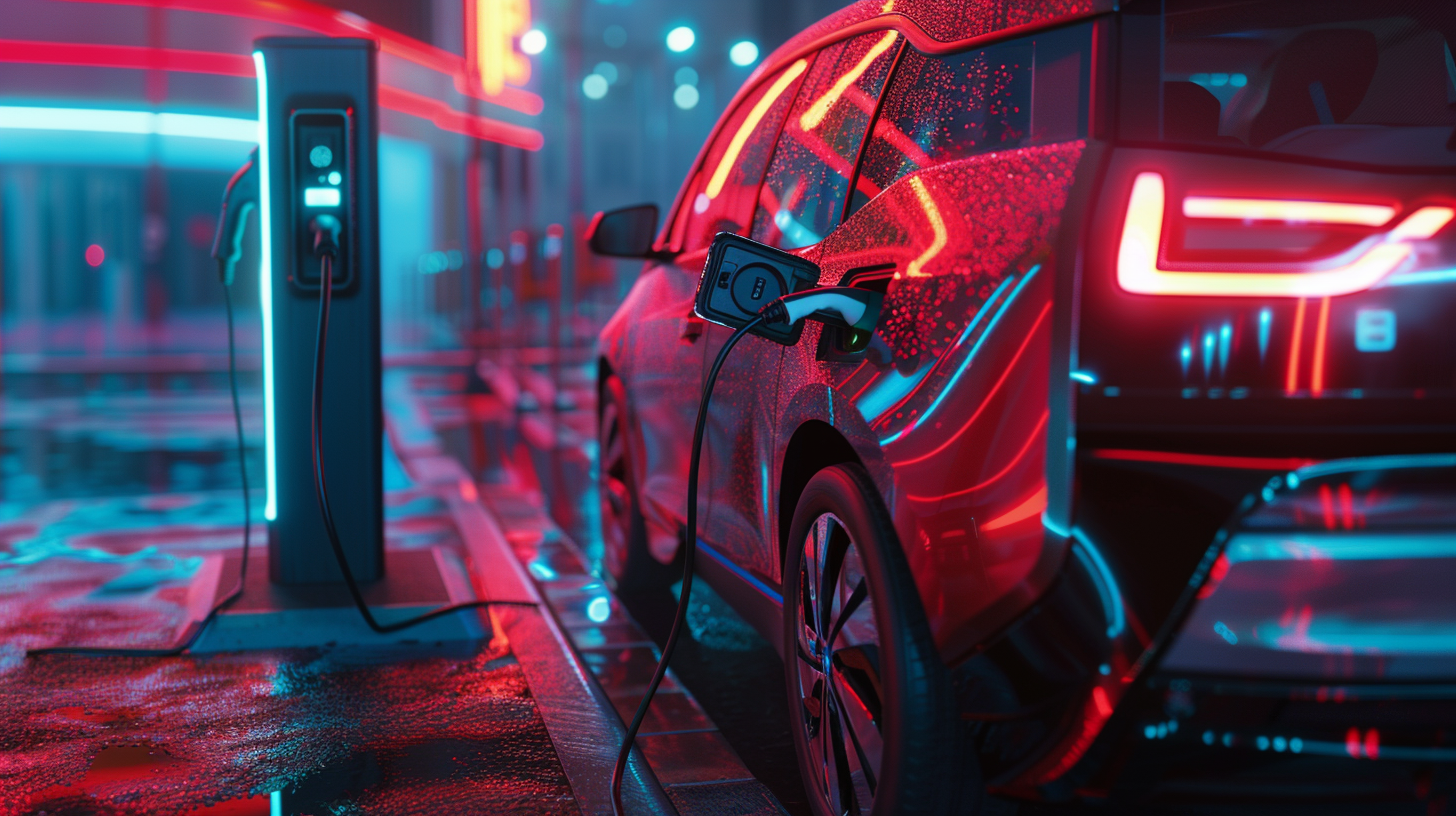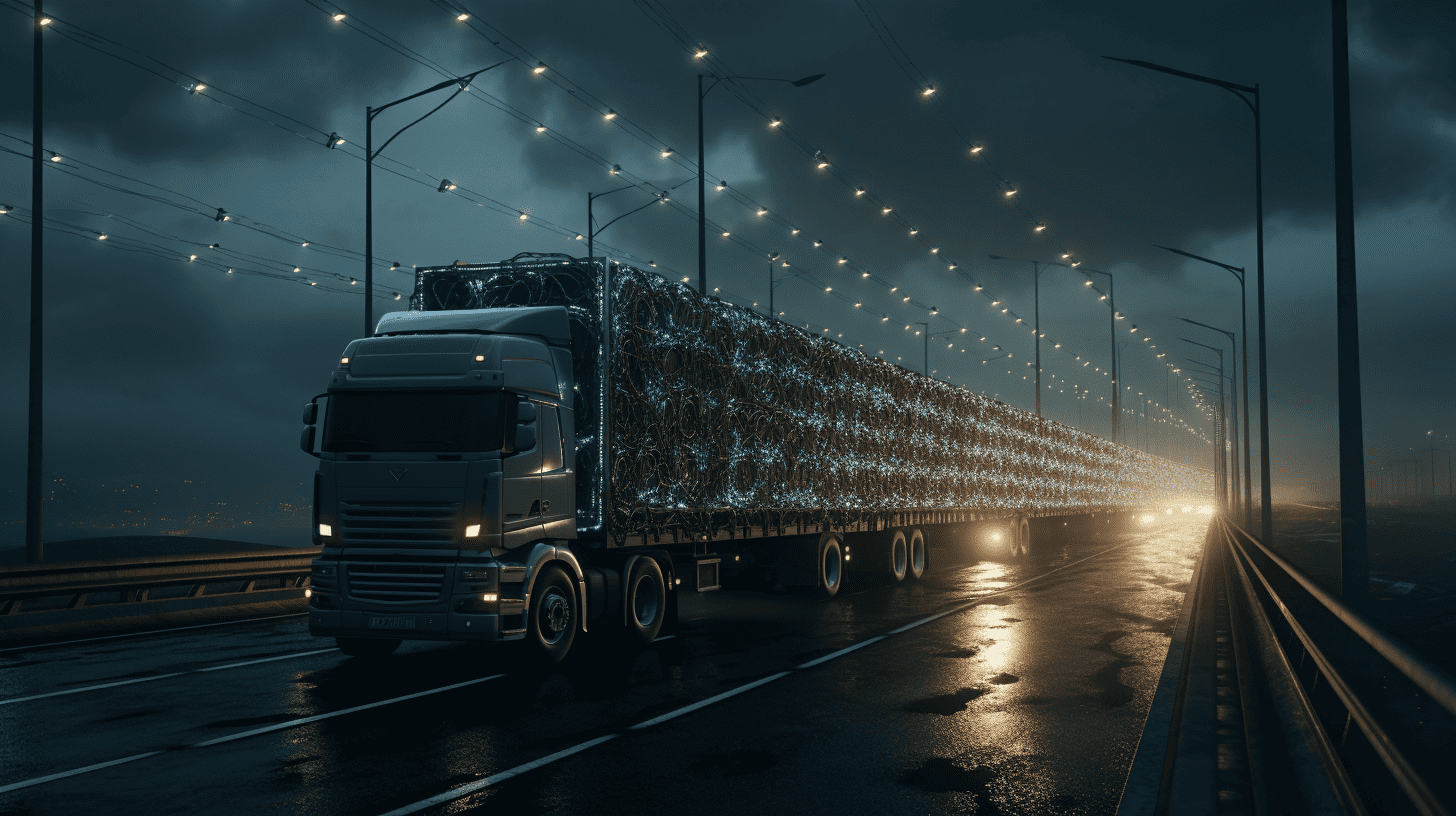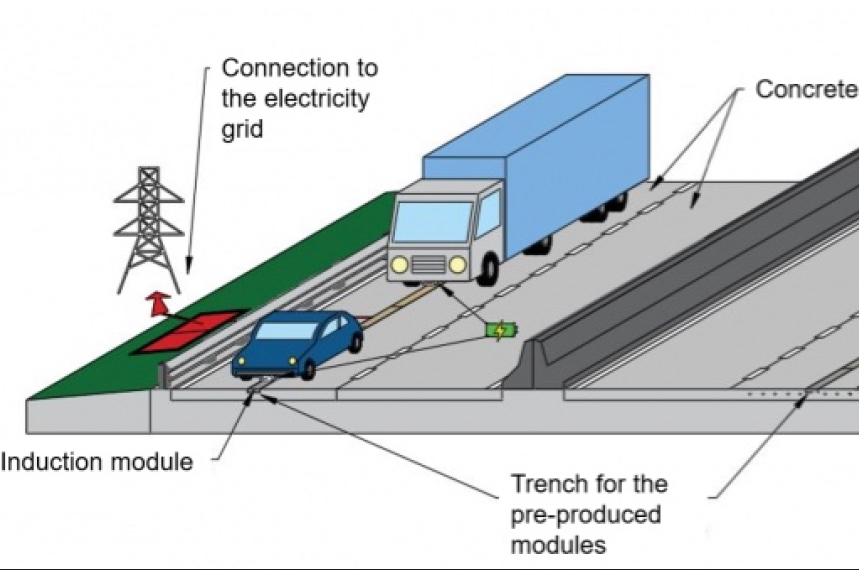
The market for electric vehicles is growing larger by the day, but many obstacles still have to be overcome, such as charging options for long-distance travel. The Institute of Road Engineering Aachen and the Institute of Electrical Machines both at the RWTH Aachen University (Rhine-Westphalian Technical University) in Germany are currently working on a possible solution with their ‘InductInfra’ project. This looks at how induction modules installed in streets could serve as continuous charging stations for electric vehicles. Their specific focus is on freight trucks.
Chicken-and-egg problem
Though there are currently almost no electric freight trucks active on European roads, the calls to move away from fossil fuels are getting louder. “This is a typical chicken-and-egg problem. If you do not have the infrastructure in place which enables electric mobility, then you won’t have electric mobility. If you want it – and that is a decision a country eventually has to make – you have to build the infrastructure,” says professor Markus Oeser, head of the Institute of Road Engineering. While inner city traffic and short distances are easily doable for smaller electric vehicles, batteries currently do not have the range needed to drive electric trucks across long distances.
Electric toothbrush
The InductInfra project is researching how continuous charging while driving could help fix this issue. Much like induction technology that charges an electric toothbrush, this charging technology requires two elements: A primary, stationary coil that is built into the ground, and a secondary coil that forms part of the vehicle. The primary coil can sense when a secondary coil is near and then turns on its induction field. A vehicle with a secondary coil can receive electricity without any direct contact this way. In order to build those primary coils into the roads, less construction is required than one might first assume. Modules containing the induction technology would be prefabricated.
Glue
The lanes on which trucks drive can be opened up in the middle and the modules installed and wired up. Then you can glue these back together with the road using a special repair resin,” says Oeser. “The road can be used again by the next morning.” Consequently, this installation process would not heavily disrupt the flow of traffic. Development of the ideal module infrastructure would be well underway roughly three months into the project. Currently, the team estimates that one module will be around 5 meters long, 30 centimeters wide, and 25 centimeters in height.
The university is cooperating with an engineering company which prefabricates the modules. The modules are made of concrete which any induction technology can be integrated into.
Sustainable resources
“There are already a whole host of approaches to the inductive system. But the question of how exactly it will be implemented in roads, in other words, all the road construction-related issues, those details still need to be worked out,” Oeser states. Another important factor is that the energy for induction should be sourced from sustainable sources.
“We have to switch to a different concept. If you take a look at coal mines and the environmental damage that goes along with those and the long-term costs – since they also have to be renatured –you end up shaking your head in exasperation.” Oeser explains that one wind powerplant could be enough to supply a one-kilometer stretch of road for fifteen to twenty trucks.
Alternatives, in his view, could present even more problems. For example, overhead charging, as used for certain trains, is both impractical for regular cars as well as susceptible to weather changes. Storms could knock over trees and make the affected areas inaccessible to electric trucks that rely on that technology.
If successful, induction panels across highways could potentially provide enough energy not just for journeys on roads that charge, but also for the journey once a truck leaves the highway to get to its final destination.
Entire German highway system
If successful, induction panels across highways could potentially provide enough energy not just for journeys on roads that charge, but also for the journey once a truck leaves the highway to get to its final destination. Something that Oeser and his team are trying to get a better idea of are the economic aspects. In order to supply the entire German highway system, roughly 13,000 kilometers would have to be covered in both directions.
On top of that, some country roads would also have to be included in areas where the highway system is not connected so well.“This is science. We can only develop technological approaches that are theoretically feasible. Whether they become reality will be, in a democratic country, decided by parliament or the population,” Oeser suggests.
Private investments
“The question that always remains: Is the concept economical? Is it the most economical solution or not? If yes, then you might have a chance to enter the market.”
“In the very early stages of the project, how the system could be financed is not exactly 100 percent clear yet.” Oeser speculates that, as is the case withpetrol stations, private companies could invest in this. That way, it would not be dependent on state funding.
“We are trying to build the system in such a way that it can make a profit. You could imagine, for example, that a few pension funds might invest money in this. That could be one way to finance it. Of course, this has to be done in close coordination with the road construction authority.” The German Federal Ministry of Transport and Digital Infrastructure is funding ‘InductInfra’ to the tune of €1.6 million until October 2023. By then, the research team hopes to have developed a technology which works and is ready to enter the market.
Also interesting: Wireless charging stations with robotic technology for e-cars



